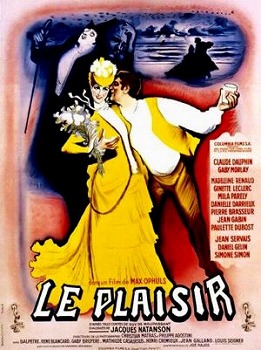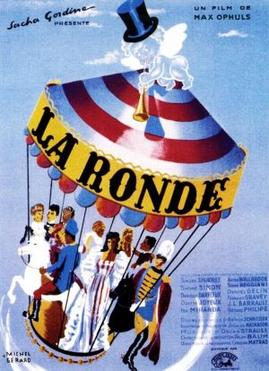 |
| Jean Gabin and Julien Carette in La Bête Humaine |
Séverine Roubaud: Simone Simon
Roubaud: Fernand Ledoux
Flore: Blanchette Brunoy
Grandmorin: Jacques Berlioz
Pecqueux: Julien Carette
Victoire Pecqueux: Colette Régis
Cabuche: Jean Renoir
Director: Jean Renoir
Screenplay: Jean Renoir, Denise Leblond
Based on a novel by Émile Zola
Cinematography: Curt Courant
Production design: Eugène Lourié
Film editing: Suzanne de Troeye, Marguerite Renoir
Jean Gabin has been called "the French Clark Gable," perhaps because he has some of the charged virility we associate with Gable. But it seems to me that he possesses in equal, or even greater, measure the quiet, sometimes gruff integrity as an actor that we associate with Spencer Tracy. It's very much on display in La Bête Humaine, in which he underplays the role of the doomed Jacques Lantier, making us feel the solidity of the man rather than the inherited demons that Émile Zola's novel inflicted on him. (Perhaps he underplays a bit too much for some people, like Pauline Kael, who found him sometimes "a lump.") In any case, the star of the film is not so much Gabin as the train whose engine Lantier has affectionately named Lison and regards as female. Throughout La Bête Humaine, we see trains rushing down the tracks and surging through tunnels or hear their roar and rumble and shrieking whistles. The film is driven by the energy of trains almost more than by the passions of the characters. In a close adherence to Zola's biological determinism, the trains would be emblematic of unstoppable, mechanistic destiny, but Jean Renoir has tempered Zola's naturalism with his own humanism. Renoir's nods to Zola's determinism are perfunctory: The scene in which Lantier reverts to the darkness of his ancestors and starts to strangle Flore is an awkward way of introducing Zola's ideas. But whenever the passions of the characters come most to the forefront, as in the murders of Grandmorin and Séverine, Renoir's tendency is to look away: Grandmorin dies behind the closed curtains of a railway compartment, and Lantier's assault on Séverine is interrupted by cuts to the dance hall they have left behind. What I remember from the film is less the crushing force of destiny that overwhelms the characters than the irrepressible elements of ordinary life, epitomized in the camaraderie of Lantier and Pecqueux, and reinforced by the film's ending when Pecqueux stops the hurtling train and returns to find his dead friend and gently close his eyes.


